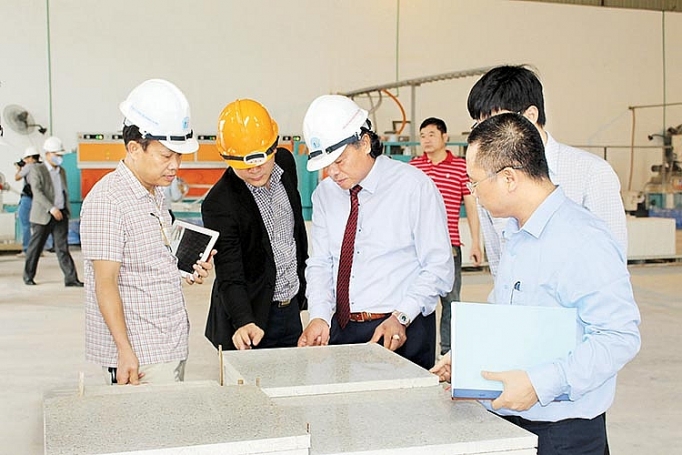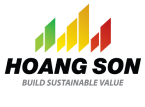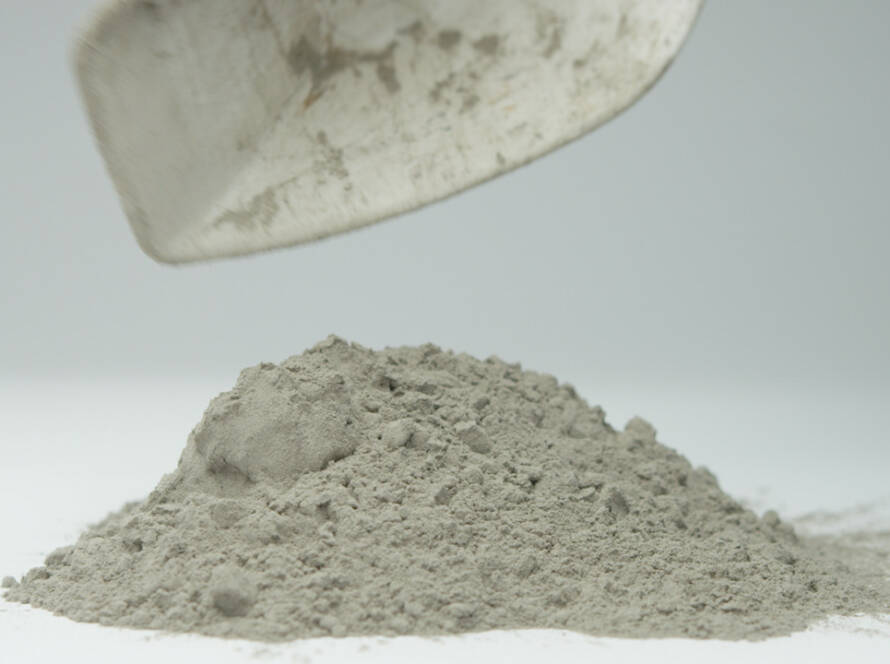Measures should be taken to promote the use of ash and slag from coal-fired power plants, gypsum waste in fertilizer and chemical production, etc. towards solving environmental problems. That is the main content of the conference recently held by the National Assembly’s Committee for Science, Technology and Environment in Hanoi.
It is estimated that the amount of ash and slag generated is about 25 million tons/year.
According to the Report of the Ministry of Industry and Trade, the total power plan VII adjusted to 2030 has 46 coal-fired thermal power plants (thermal power plants) put into operation with a total design capacity of 41,500 MW; which includes: 25 thermal power plants using domestic coal with a capacity of 18,470 MW and 21 thermal power plants using imported coal with a capacity of 22,780 MW. It is estimated that the amount of ash and slag generated is about 25 million tons/year.

More information at the Conference explaining the treatment of ash, slag from coal-fired power plants, phosphogypsum gypsum waste, furnace slag from fertilizer and chemical factories, Deputy Minister of Industry and Trade Hoang Quoc Vuong said, In 2018, the amount of ash and slag generated from coal power plants was about 13 million tons/year, mainly in the North (accounting for 65% of total emissions), the Central region accounted for 21% and the South accounted for 14%. The amount of ash and slag consumed reached more than 5.06 million tons, accounting for about 38.9% of the generated amount, of which the North consumed about 3.6 million tons, accounting for 71.1%. In addition, the volume of PG gypsum generated is about 1.78 million tons and PG gypsum stored in landfills is currently about 6.92 million tons, only about 420,000 tons have been consumed.
Faced with the above situation, Assoc. Truong Duy Nghia – Chairman of the Vietnam Association of Thermal Science and Technology – warned: If ash and slag are not used, it is expected that by 2030, we will have 422 million tons of ash and slag backlog. “Although the problem of coal-fired ash and slag is currently very hot, the development and issuance of standards and regulations on the use of ash and slag by the authorities are still slow and do not meet the requirements.” – Assoc. Truong Duy Nghia confirmed.
Unified solution to use
National Assembly Vice Chairman Phung Quoc Hien pointed out that ash and slag are not only waste but must be considered as a source of raw materials, need a solution to use effectively, must be clearly defined so that ash and slag become a source of waste. goods and resources. Any type that is non-toxic and suitable for use as raw materials for production in construction works shall be declared standard and regulated for use. Those that contain harmful ingredients must be handled according to the process. However, it is necessary to clarify issues of mechanisms, policies, standards, and technical regulations for effective implementation in practice,” emphasized National Assembly Vice Chairman Phung Quoc Hien.

To solve the problem of ash and slag, Vinh Tan 2 Thermal Power is one of the active units in finding partners to consume ash and slag at the plant. Specifically, the factory has set up a project to invest in a pipeline system to export fly ash through the port. VIG Group (investor of Thanh Tuyen Unburnt Brick Company) commits to consume 50% of fly ash and 100% of kiln bottom slag generated daily of Vinh Tan 2 Thermal Power Plant to produce unburnt bricks. Minh Phong Company has a need to use about 200,000 tons of fly ash (wet) to transport to customers for consumption by sea. Hoang Son Fly Ash and Cement Co., Ltd. has a project of a fly ash factory and unburnt brick production plant in Long Hau Industrial Park (Long An province) under construction with the demand for dry ash consumption of Vinh Tan Thermal Power Plant. 2 to transport by dedicated vessel.
Although thermal power plants make great efforts to find partners to consume ash and slag, currently there are no specific regulations and standards on the use of ash and slag for leveling and construction. … Therefore, businesses that consume ash and slag produce in moderation, with unstable consumption output.
Explaining this issue, Deputy Minister of Construction Nguyen Van Sinh said that as of December 2018, there were 17 technical standards and regulations on the use of ash and slag from thermal power plants and the Ministry is assigning research units to research a number of topics to perfect the entire system of relevant standards and regulations.
In order to ensure energy security and protect the environment of thermal power plants, Deputy Minister Hoang Quoc Vuong said that it is necessary to amend Decree No. 38/2015/ND-CP in the direction of eliminating the license to certify that the requirements are met. protect the environment so that businesses can easily access and recycle ash and slag, so that coal power plants can proactively deal with environmental problems. In addition, strengthening supervision of the enforcement of environmental protection laws, removing difficulties and obstacles in environmental protection of ash, slag, and PG gypsum. In particular, supervise the implementation of regulations on management, treatment and consumption of building material products from ash, slag, and gypsum,” noted the Deputy Minister.
Deputy Minister of Industry and Trade Hoang Quoc Vuong: In the coming time, the Ministry will work with the Ministry of Construction, the Ministry of Industry and Trade
Science and Technology to unify the solution of using ash and slag from thermal power plants in leveling work.


